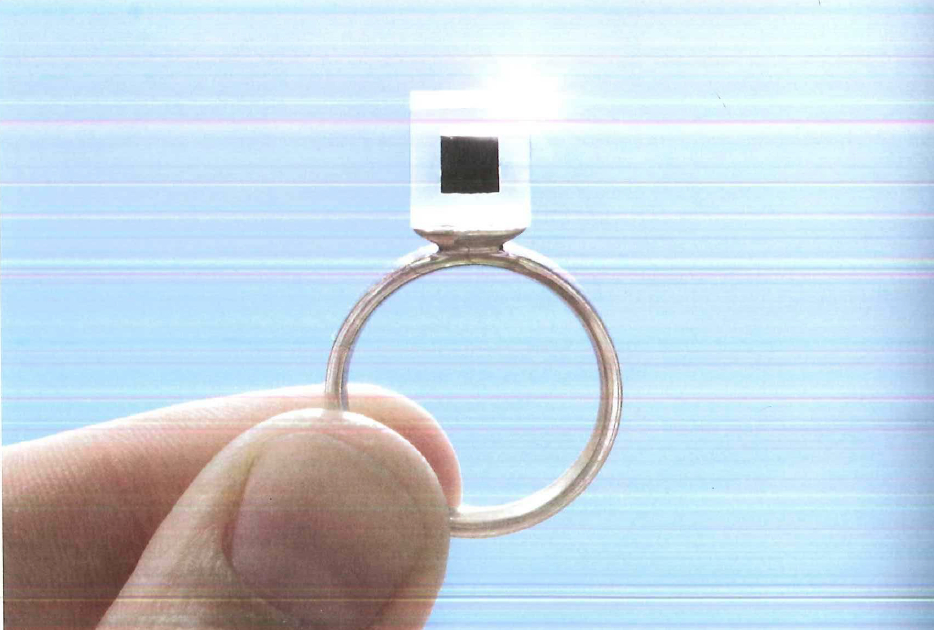At this moment people are more interested than ever in where an object came from, how it was made and to which stories the object can connect them. As the article states: ‘Sustainable materials have thrown off their worthy reputation, taken a step out of the shadows and begun to make an impact on mainstream brands.’ Companies start to understand that the future is about viewing materials innovation not as a threat to the rich heritage of luxury, but as an enabler that will ensure the industry will thrive in the long run. We see more and more examples of industries in which sustainability is taken to the heart of their production processes. No longer as a publicity stunt, as the so-called green washing of products but as a solid business strategy. Consumers are more aware of the impact of a supply chain and that allows them to be increasingly sparse within the objects they choose to surround themselves with. The rise of the conscious consumer enables industries to focus on sustainable materials to drive innovation.
The article describes several strategies within these innovative sustainable material industries. Materials that are capable of shifting shape according to climate, materials that can literary grow as living organisms, waste materials being used as a valuable resource and even materials that can be assigned to perform repeatable tasks. Not coded with a series of O's and 1's; but by printing, injecting, laminating and prestressing proclivities (to crease, curl, expand or self-assemble, say) into the material itself. A pie in the sky you might say, but all of these strategies are researched intensively in several of today’s business industries.
It is funny that when you read about something you consider very interesting, the topic pops up everywhere. Also last Tuesday at the Bouwpub of the faculty of Architecture. An old friend told me he was going to do his graduation internship at Adidas. He will research there how Adidas can apply self healing materials in their shoes. A few minutes at the radiator and the little crusts in the sole of the shoe will heal by themselves. How cool!
Finishing the article especially the words of Groves stick with me: 'Focusing on materials is the best way to drive innovation. If you lead with set ideas of form then it's quite easy to get stuck, but if you're focused on resources then you're investigating your place in the world, and how to make undesirable things desirable through design.' A strategy for my graduation project might been born...
If you are interested in the article. You can read it here:

